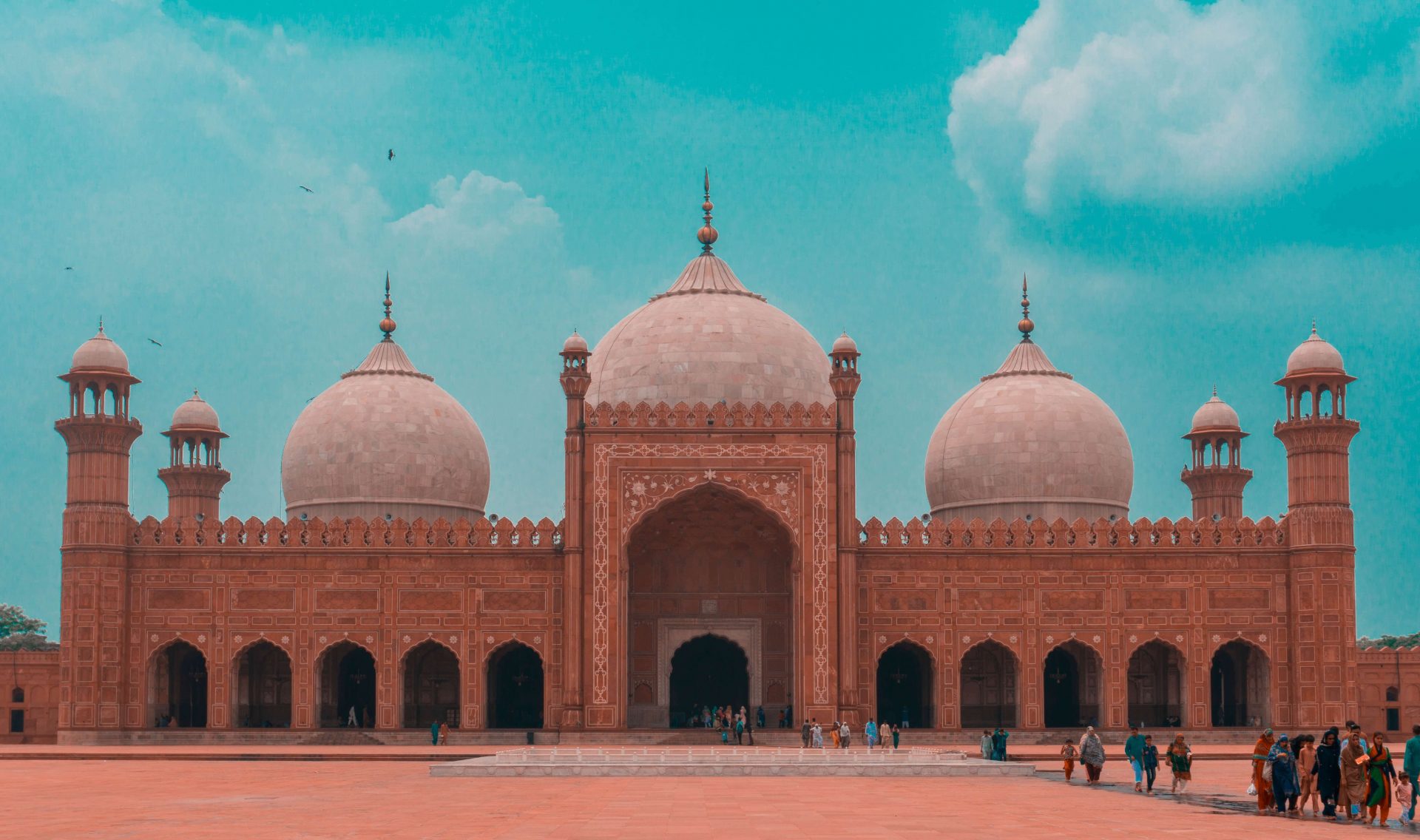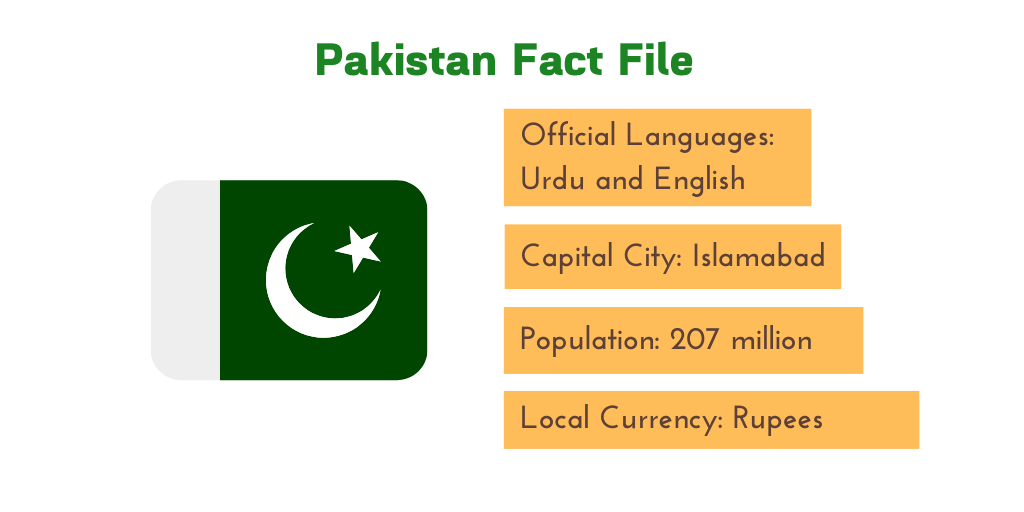Urdu has been called one of the most beautiful and sophisticated languages spoken around the world. It is why Urdu speakers are such a delight to listen to and just by listening to Urdu poetry or music, it makes you want to learn Urdu. Perhaps you’ve already heard it in a movie or a song, maybe you have Pakistani or Indian neighbors? It sounds very much like Hindi because it was born in the Indian subcontinent. Also known as the ‘Kohinoor’ of India, this Indo-European language developed in and around Delhi during the Delhi Sultanate and became the preferred language of the Mughals during the Mughal Empire. The Urdu language formed from Khariboli which was spoken in North India at the time, picking up regional dialects and including Persian and Arabic contributions and influences along the way.
It is the official language of the Islamic Republic of Pakistan and one of the 23 national languages of India. Today, there are over 170 million native speakers of Urdu in India and Pakistan alone and taken by itself, Urdu is the 20th most populous native language spoken around the world.
So if you were to learn Urdu, you would definitely find someone to practice it with, as Urdu is no more confined to the Indian subcontinent and Urdu speakers are all around the world.
Urdu Language History & Origin
At the time when Persian was the official language of the courts of the rulers of the Indian subcontinent, the local Hindi/Sanskrit languages spoken in the region started intermingling. Today, what we call the modern standardized form of Urdu can trace 75% of its etymological roots to Sanskrit and at least 25% of its vocabulary was included from Arabic (the language of the Quran)
Although the word Urdu is derived from the Turkish Ordu meaning Army, the language Urdu is not genetically related to Turkish. However, it did borrow from the central Asian language Chagatai. The similarities found in the pronunciation of many Turkish and Urdu words is mainly because both the Urdu and the Turkish languages were influenced by Persian and Arabic.
Where is Urdu Spoken?
Urdu is predominately spoken in Pakistan and India. There are hundreds of thousands of Urdu speakers in Northern India such as New Delhi, Lucknow, and Hyderabad. The language is also commonly spoken in Bangladesh, the Middle East especially in Saudi Arabic and the United Arab Emirates (UAE) and other parts of the world where Pakistani communities have settled.
Interesting Facts about the Urdu Language
- Urdu sounds a lot like Hindi but there are a lot of differences, difficult to spot for non-native speakers.
- Urdu became a unifying symbol for Muslims during the 19th-century tensions and the colonization by the British Empire.
- Urdu and Hindi are almost identical on a conversational level. The main difference is how they are written.
- Urdu is written in the Persian-Arabic script and unlike English; it is written from left to right.
The Urdu Alphabet
The Urdu language contains up to 40 alphabets (and 18 digraphs for aspirated consonants). In the image below, you can see how they are written (left to right), as well as their English phonetic pronunciations. Although heavily adapted from the Arabic and Persian alphabet, the phonetic pronunciation differs in some cases.

Urdu and the English Language
Due to many years of colonization and British influence, it is natural that the Urdu language picked up some English words and retained their meanings. What might surprise you is that the English language also includes words contributed by Urdu. Here are some of the common words used in the English that were actually taken from Urdu.
cushy: خوشی [khushi], ease, happiness
pukka: پکّا [pakka], solid
cummerbund: کمر بند [kamarband], waist binding
chutney: چٹنی [chatni], to crush
jungle: جنگل [jangal], jungle
thug: ٹھگ [thhug], cheat, swindler
verandah: برآمدہ [bar’aamdah], verandah
garam masala: گرم مصالحہ [garam masaalah], hot mix
guru: گرو [guru], elder or teacher
loot: لوٹ [loot]
pyjamas: [pajama], trousers
khaki: [Khaki], dusty,
URDU Calligraphy
Calligraphy in Urdu is a celebrated art-form and is quite similar to Arabic and Persian calligraphy due to the similarities in writing both the languages. You can find many examples of this in mosques, ‘dargahs’ (shrines), and other Islamic historical places.
An untrained eye will easily confuse Arabic with Urdu calligraphy and vice versa due to their striking resemblance to each other. Often used to beautify places, and monuments or writing names and poetry, those who master Urdu calligraphy dedicate entire lifetimes to practicing this art form.
 Learning Urdu
Learning Urdu
Is Urdu an easy language to learn?
Well, yes and no. We can safely say on a difficulty scale; Urdu is a moderately difficult language to learn as a second language. It is harder than learning English or German, but definitely easier than learning Chinese.
To give you a little taste, we’ve listed some of the most commonly used phrases for basic conversation, along with their Urdu equivalent and its English transliteration. Why not give it go or take a free Urdu language quiz.
Common Urdu Words and Phrases
| English | Transliteration, Urdu script |
| Hello | Assalam-o-Alekum or in short, Salam سلام |
| Goodbye | Khuda Hafiz خدا حافظ |
| Thank you | Shukriya شکریہ |
| Please | Bara-e-Meherbani برائے مہربانی |
| You’re Welcome | Nawazish نوازش |
| Doesn’t matter, Don’t mention it | Koi baat nahin کوئی بات نہیں |
| Yes | Haan ہاں |
| No | Nahin نہیں |
| How are you | Aap Kaiseh hain? آپ کیسے ہیں؟ |
| I’m fine, thank you | Main theek hoon, shukriya میں ٹھیک ہوں، شکریہ |
| I’m sorry | Maaf Karna معاف کرنا
Maaf kee jiyeh ga معاف کیجئے گا |
| My name is [your name] | Mera naam [your name] hai میرا نام ۔۔۔۔۔۔۔۔ ہے |
| What is your name? | آپ کا نام کیا ہے؟
Aap ka naam kia hai? |
Learning Urdu may turn out to be one of the most highly rewarding endeavors you take upon yourself. The Urdu language is one of the most beautiful sounding languages you can learn, and it is why Urdu is still a preferred medium of poetry and prose even by non-native speakers. It is enriched with history, culture, and religious influences, giving birth to some of the best literary and poetic works responsible for the socio-political, moral, and spiritual development of the South Asian region.
Our Online Urdu Courses can help you learn Urdu in a systematic and easy way, and for each course you buy, we donate a course on your behalf to those who can’t afford it.
Andrie Steliou
Latest posts by Andrie Steliou (see all)
- 8 Ways to Help Keep Your Child Focused and Engaged in Online Learning - October 19, 2022
- How to Improve Social Intelligence Skills? - May 10, 2022
- How to Improve Organizational Skills at Workplace? - May 6, 2022


